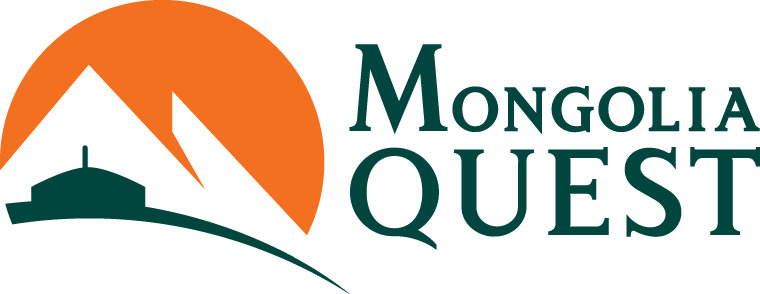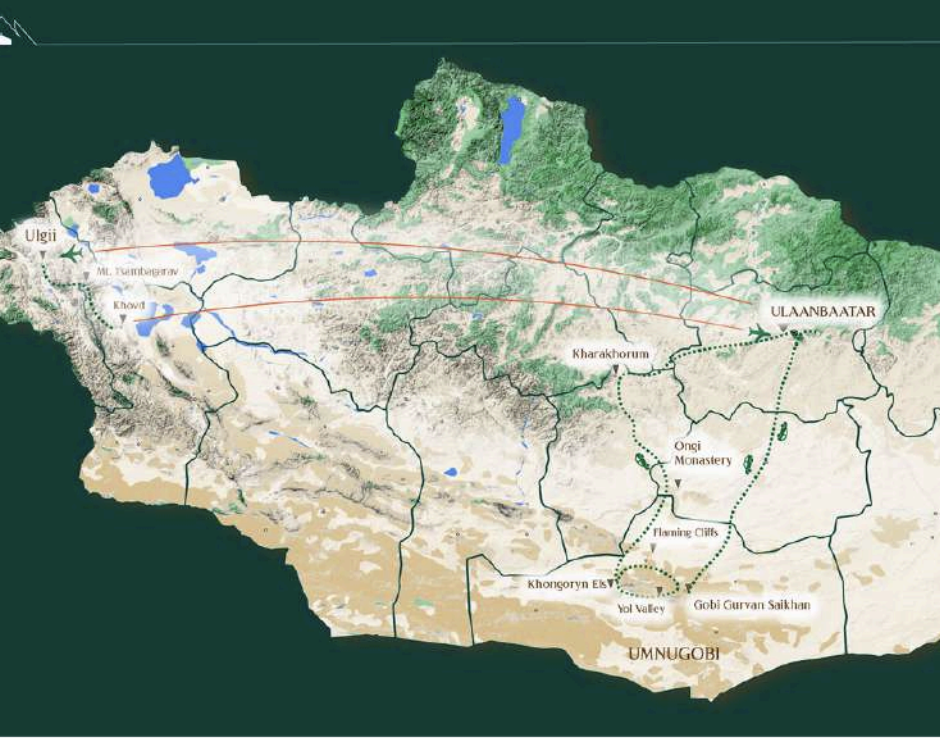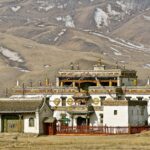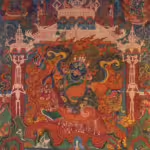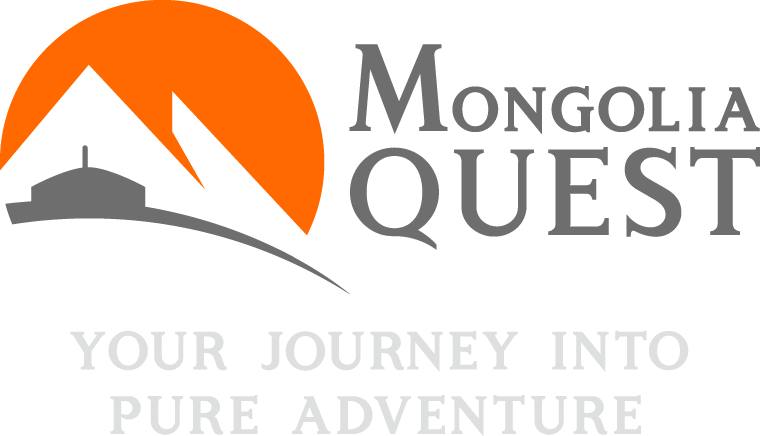Trip Summary
Mountains, Temples and Treasures” is one of our most comprehensive journeys. As one of the least industry affected regions left in the world, Mongolia is home to some of world’s most unique and diverse collections of wildlife. For centuries, explorers arranged quests to discover its wildlife and sought to traverse across its vast land on horse or camel. Our expedition begins in the remote Altai Mountains of western Mongolia, home to ethnic Kazakhs and Uriankhai people Our journey then continues across the Orkhon Valley down to the Gobi desert, which is home to the elusive snow leopard, the wild camels and world’s only desert bear, mazaalai. This expedition will take us through three distinctive ecosystems of Mongolia: The Altai Mountains, Orkhon Valley grassland and the Gobi Desert.
Trip Highlights
WHAT YOU CAN EXPECT…
- Explore Mongolian Altai Mountains and explore its flora and fauna Visit ethnic Kazaks and watch how Golden Eagles are trained for hunting;
- Explore Kharakhorum, the 13th century Chinggisid capital of Mongolia and Erdenezuu monastery;
- Enjoy hiking in the mountains and the desert, in search of saiga antelope, black tailed gazelles, the wild horse takhi and wild mountain sheep and goats;
- Explore the country from west to south, exploring one ecosystem transitioning to another;
- Be one of the first to explore Mongolia’s most remote regions beyond the mountains and the deserts.
THIS TOUR IS PERFECT FOR…
- Ideal for those who appreciate exploring pristine natural environments and observing diverse wildlife species in their natural habitats.
- Travelers interested in experiencing Mongolia’s rich cultural heritage, including visits to historical sites and interactions with local communities.
- Adventurers looking to explore remote and off-the-beaten-path destinations, experiencing Mongolia’s vast landscapes on horseback or camel rides.
- Great for photographers wanting to capture stunning landscapes, wildlife, and cultural scenes unique to Mongolia.
Trip Map & Itinerary
Upon arrival at Chinggis Khan International Airport in Ulaanbaatar, your guide will meet you and transfer you to your hotel. After a short rest, embark on a city tour, including a visit to Zaisan Hill for a breathtaking bird’s eye view of the city. This Soviet-era relic is a popular local hangout, providing panoramic views. In the evening, relish a welcome dinner at a fine local restaurant. Overnight at the hotel. (Hotel Shangri La or similar; D)
Explore Mongolia’s capital with a morning blessing at Gandan, the country’s largest monastery. Visit the National History Museum for a journey through Mongolia’s history. After lunch, explore Zanabazar’s Fine Arts Museum with its impressive collection. In the evening, enjoy a traditional Mongolian music and dance performance featuring Khoomii, followed by dinner at a local restaurant. (Hotel Shangri La or similar; B, L, D)
Fly to Ulgii, the capital of Bayan-Ulgii aimag, home to Kazakhs and other minority groups. Meet our wranglers and drive through mountain valleys to a Kazakh summer camp. Arrive at the host Kazakh family’s home in the evening for a private stay. Experience the warmth of Kazakh hospitality, witness the artistry of Kazakh women’s tapestries, and learn about the age-old tradition of training Golden Eagles for hunting. Enjoy a hearty Kazakh welcome dinner known for its taste and variety. (Ger stay, B, L, D)
Enjoy riding with eagle hunters and learn how Golden eagles are trainedfor hunting. We will have a pack lunch and enjoy riding in the high mountains. Overnight in gers. (Ger stay, B, L, D)
Morning drive to Tsambagarav, a sacred mountain of the Uuld people. Overnight in tents. Explore the pristine valley with a hike, aiming for the peak for panoramic views. Enjoy a traditional Mongolian dinner with the Uuld family in the evening. (Tent camp; B, L, D)
Early in the morning, we will drive to the city of Khovd, a provincial capital of Khovd province. In the afternoon, we will fly back to Ulaanbaatar. Dinner and overnight at hotel. (Hotel Shangri La or similar; B, L, D)
After an early breakfast, drive towards Kharakhorum (6 hours), enjoying a picnic lunch en route. Kharakhorum City, completed during Ogedei Khan’s reign, is nestled in the scenic valley along the Orkhon River, holding numerous historically significant sites, including 2000-year-old burials and deer stones. Destroyed by the Ming dynasty’s army in the 14th century, its remnants were used to build Mongolia’s largest Buddhist Monastery, Erdenezuu. Arrive at the ger camp for dinner and overnight. (Ger Camp; B, L, D)
Embark on a 5-6 hour overland journey south to the Gobi desert via Ongi Monastery. Along the way, visit a nomadic horse herder family, known for their hospitality. Continue to Ongi Monastery, once called the “Pearl of the Gobi.” Explore the ruins on foot and stay at a ger camp by the Ongi River. (Ger Camp; B, L, D)
After breakfast, we will continue driving south until we arrive at the Khongoryn Els, Gobi’s largest of the dunes. In the late afternoon, we will enjoy climbing tallest of the dunes followed by an opportunity to ride Bactrian camels at a camel herder family. Over night in gers. (Approx. 6 hours driving; Ger Camp; L, D)
After witnessing another magnificent sunrise in the Gobi, we’ll head east for our next exploration. Along the way, make a stop to explore the Havtsgait Petroglyphs—an extraordinary collection of early Bronze Age rock carvings atop a mountain. Transfer to our ger camp near the Gobi Gurvansaikhan National Park and overnight in gers. (Approx. 4 hours driving; Ger Camp; B, L, D)ht in gers. (Approx. 6 hours driving; Ger Camp; L, D)
After witnessing another magnificent sunrise in the Gobi, we’ll head east for our next exploration. Along the way, make a stop to explore the Havtsgait Petroglyphs—an extraordinary collection of early Bronze Age rock carvings atop a mountain. Transfer to our ger camp near the Gobi Gurvansaikhan National Park and overnight in gers. (Approx. 4 hours driving; Ger Camp; B, L, D)ht in gers. (Approx. 6 hours driving; Ger Camp; L, D)
In the morning, we will transfer to the airport for our return flight back to Ulaanbaatar for our last day of exploration. Spend the remainder of the day for last minute shopping and sightseeing. Enjoy dinner at a fine local restaurant. (Hotel Shangri La or similar; B, L, D)
This morning, we will visit the Gorkhi Terelj National Park and visit the Chinggis Khan equestrian statue. In the evening, enjoy a cultural performance featuring the khoomii or “throat” singing followed by a hearty farewell dinner at a fine local restaurant. (Hotel Shangri La or similar; B, L, D)
In the morning, transfer to the airport for departure.
Pricing
- Land transportation as indicated in the itinerary based on using Toyota Land Cruiser jeeps seating 3 passengers each;
- Accommodations in a standard room at hotels, gers in the countryside based on a twin occupancy and expedition style camping in the countryside;
- Airport arrival and departure transfers;
- Sleeping bags; expedition style tents and mats;
- All meals indicated as B, L or D;
- All entrance fees as indicated in the itinerary;
- English speaking national guide throughout your stay;
- Bottled water per person per day and unlimited supply of boiled waters.
- Domestic and international airfare;
- Personal laundry;
- Drinks not mentioned in the itinerary;
- Travel insurance;
- Medical evacuation costs;
- Excess baggage charges;
- Visa fees;
- Gratuities;
- Photography and video fees
- Any other item not mentioned as included.
